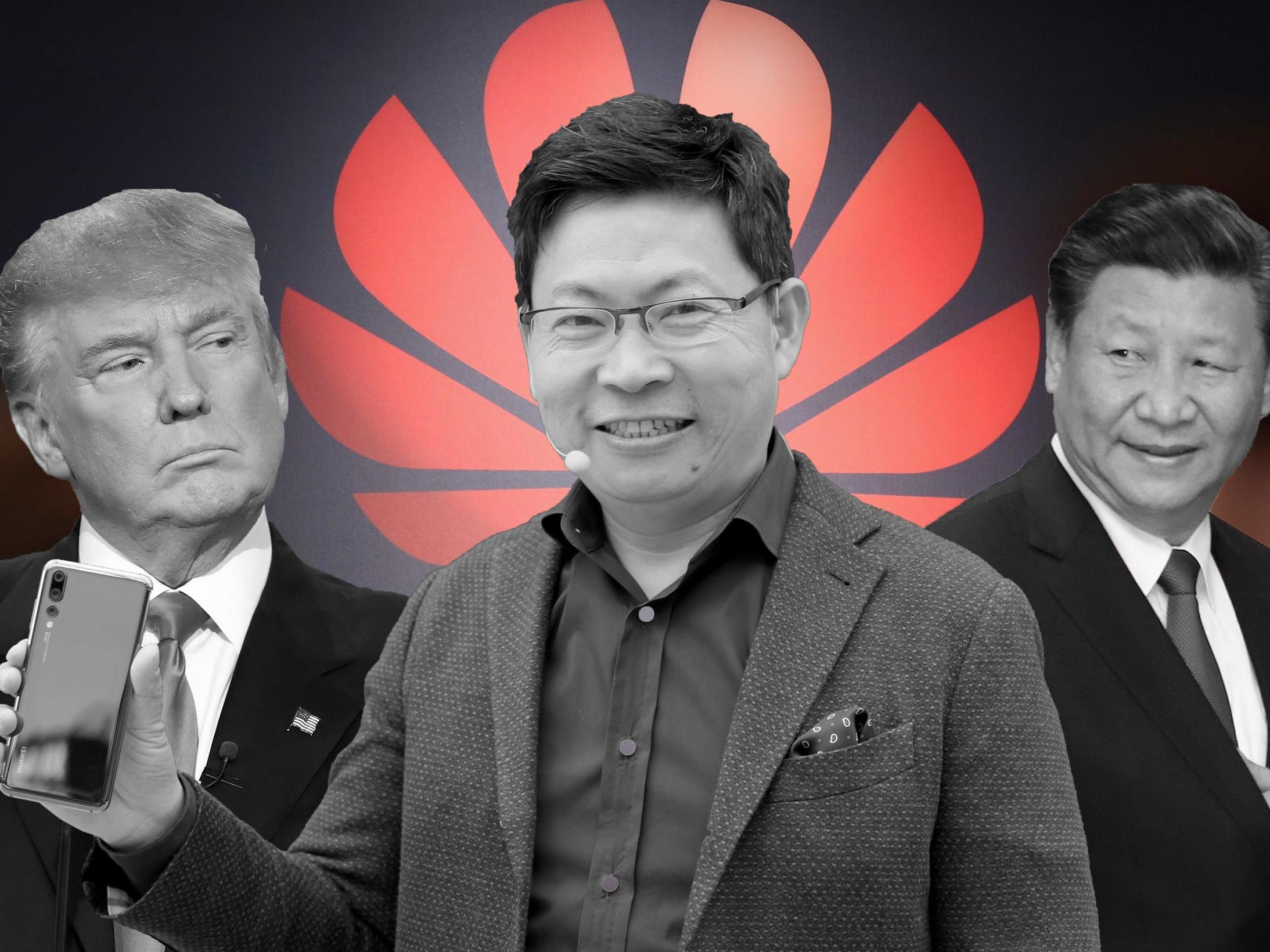Huawei unveils HarmonyOS operating system that can replace Google Android 'immediately'
CEO Richard Yu says new OS will be 'completely different from Android and iOS'
Huawei has announced a new operating system called HarmonyOS that could replace Android "immediately" if necessary.
Richard Yu, CEO of the Chinese tech giant's consumer division, unveiled HarmonyOS at the Huawei Developer Conference in Dongguan on Friday, revealing that it will work across smartphones, smart TVs, wearables and other internet-connected devices.
This ability to work across various platforms and devices makes it "completely different from Android and iOS", according to Mr Yu, who said it will also be completely open source.
"You can develop your apps once, then flexibly deploy them across a range of devices," he said.
Huawei smartphones and tablets currently run on Google's Android operating system, however rising trade tensions between the US and China forced the Chinese firm to fast-track the development of its own operating system.
Google was forced to suspend Huawei's Android license in May after the US government added it to a list of firms that US companies are banned from doing business with. The Trump administration cited concerns that Huawei has ties to the Chinese state and could use its devices to spy on the US.
Mr Yu revealed last year that Huawei had been working on its own operating system should ties ever be severed with Google, however he stated that it was only a "plan B" and that his preference would be to continue working with the US technology giant.
Chinese media recently reported that the new operating system could be deployed in a new phone set to be released before the end of the year.
Global Times reported that the smartphone would be aimed at the low-to-medium end of the market and would launch between October and December.

In a press release, Huawei described HarmonyOS as a "lightweight, compact operating system" that will first be used in smart devices like smart watches and smart speakers.
It claims to offer four distinct technical features that differentiate it from rival operating systems, labelling them: Seamless, Smooth, Secure and Unified.
"We're entering a day and age where people expect a holistic intelligent experience across all devices and scenarios," Mr Yu said.
"To support this, we felt it was important to have an operating system with improved cross-platform capabilities. We needed an OS that supports all scenarios... We believe HarmonyOS will revitalise the industry and enrich the ecosystem."
Join our commenting forum
Join thought-provoking conversations, follow other Independent readers and see their replies
Comments
Bookmark popover
Removed from bookmarks